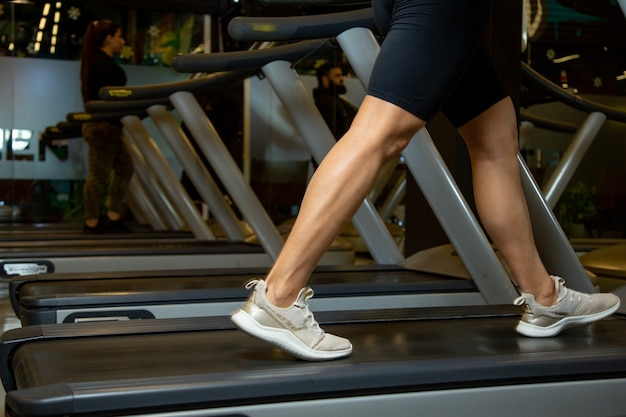When it comes to building endurance, running remains one of the most effective and accessible forms of cardiovascular training. But a common question persists: Is it better to run on a treadmill or hit the pavement outdoors? Both options offer unique benefits and drawbacks—especially when considering endurance gains, joint health, and injury prevention. This article breaks down the science, shares simple routines, and provides evidence-based habits to help you make the best choice for your fitness goals.
Endurance is built through consistent aerobic training that challenges the heart, lungs, and muscles. Research shows that both treadmill and outdoor running can improve VO2 max—the gold standard for measuring cardiovascular fitness—when performed at similar intensities.
However, outdoor running typically demands more energy due to wind resistance, variable terrain, and inconsistent pacing. A study published in the Journal of Sports Sciences found that outdoor runners expend about 3–10% more energy than treadmill runners at the same speed. To simulate this effect, experts recommend setting your treadmill at a 1% incline during flat runs.

Outdoor running offers natural terrain variation and fresh air.
One of the most debated aspects is joint safety. Contrary to popular belief, treadmills often provide better shock absorption than concrete or asphalt. The padded belt reduces impact forces on knees, hips, and ankles, making it a safer option for those recovering from injury or managing joint sensitivity.
Outdoor running, while harder on joints over time, improves proprioception—the body’s ability to sense movement and position. This enhanced neuromuscular control can actually reduce injury risk in the long term by strengthening stabilizing muscles. However, uneven surfaces like trails or cracked sidewalks can increase the risk of acute injuries like ankle rolls if not navigated carefully.
Regardless of your running environment, consistency and smart programming matter most. Here are two simple, science-backed routines you can do 3–4 times per week:

Treadmills offer a controlled, joint-friendly environment.
Building endurance isn’t just about how you run—it’s also about what you do off the clock. These evidence-based habits support joint health and reduce injury risk:
The best choice depends on your environment, goals, and physical condition:
Many runners benefit from a hybrid approach—using the treadmill for structured speed or interval work and outdoor runs for long, steady efforts and mental refreshment.
Both treadmill and outdoor running effectively build endurance when done consistently and at appropriate intensity. Treadmills offer joint protection and convenience, especially in poor weather. Outdoor running enhances neuromuscular coordination and burns slightly more calories due to environmental factors.
For optimal results, combine both methods, prioritize recovery, and focus on gradual progression. Whether indoors or out, the best run is the one that keeps you moving, motivated, and injury-free.

Fitness

Fitness

Fitness

Fitness

Fitness

Wellness

Fitness

Fitness

Fitness

Fitness

Fitness

Fitness

Health

Fitness

Health

Health